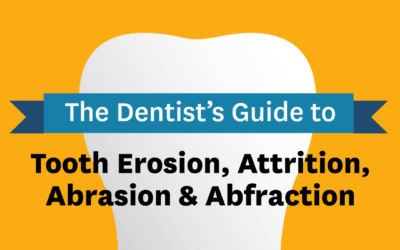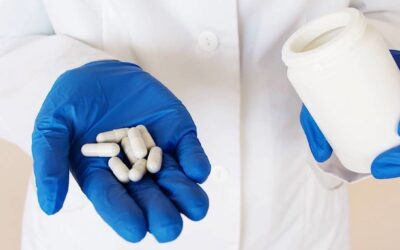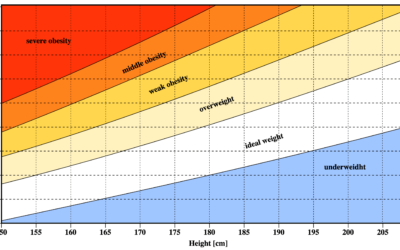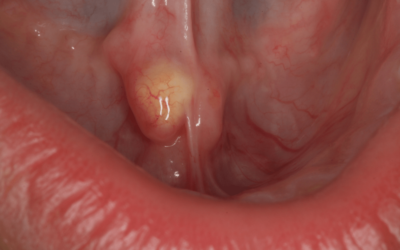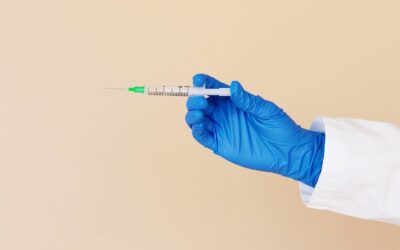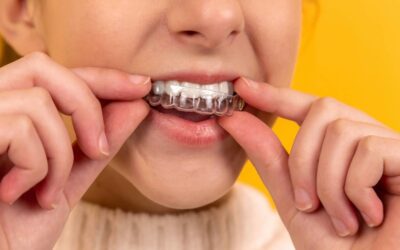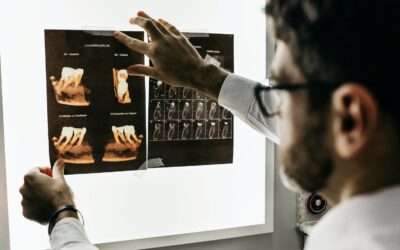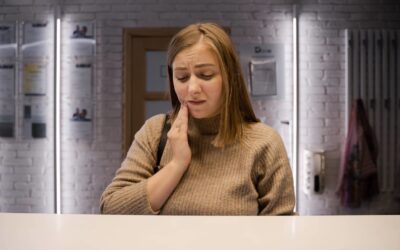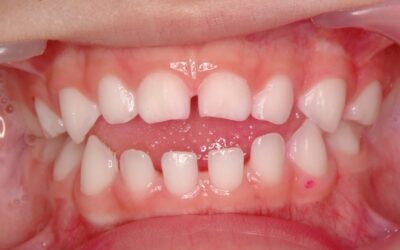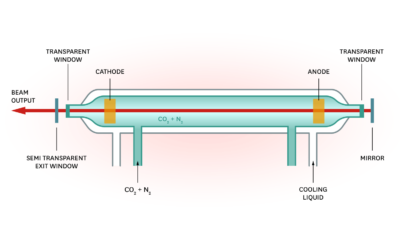Insights
Stay up-to-date with the latest news and ideas in the fields of Orofacial Pain and Oral Medicine, Geriatric Dentistry, Oral Pathology and Radiology, Pain Medicine and Pain Science, and Community Oral Health.
Ankylosis and Facial Asymmetry Disorders
Mar 30, 2021
High Condylectomy & Temporal Fascia Graft In cases where the jaw opening ability is severely compromised due to ankylosis, it is necessary to perform surgical treatment of the TM joint. This involves a high condylectomy (removing approximately 4 mm on top of...
Walking vs. Yoga: Which Helps Chronic Low Back Pain?
Mar 29, 2021
Millions of people suffer from chronic low back pain. They are often looking for alternative or natural ways to get some relief. Two options that have been touted over the years are walking and doing yoga. While there have been studies that showed they were both...
7 Imaging-Based Diagnostic Tests for TMJ Disorders
Mar 23, 2021
1. Jaw Bone Scan with Radionucleotide Bone scans are utilized to assess bone tissue growth. It is an older technology and less specific technology (2D) than SPECT (3D), but it still has a role in diagnosis of bone scan. After the injection of the nucleotide, a gamma...
Aerobic Fitness and Chronic Low Back Pain
Mar 16, 2021
Millions of people suffer from chronic low back pain. Many of them tend to shy away from aerobic exercises because they fear their back will hurt more or that the exercises will be too difficult. The good news is that research supports the idea that aerobic fitness...
How to Diagnose and Treat Oral Motor Disorders
Mar 16, 2021
1. Trismus Trismus occurs when there is an involuntary restriction of active opening (<38mm) due to abnormal or inappropriate closer muscle activity during opening movement. This is called a co-contraction disorder; openers and jaw closers are contracting at...
How to Diagnose 7 Maxillary Growth Disorders
Mar 8, 2021
Below is an overview of seven common and uncommon maxillary growth disorders including severe skeletal malocclusion, unilateral hyperplasia, condylar hypertrophy, condylar hypoplasia, condylar neoplasia, masticatory muscle hypertrophy, and muscular neoplasia. 1....
Dentist’s Guide to Tooth Erosion, Attrition, Abrasion & Abfraction
Mar 4, 2021
Learn how to diagnose, monitor, and treat different types of tooth wear including erosion, attrition, abrasion, and abfraction with this infographic based on Dr. Glenn Clark's course on abnormal oral physiology and sensory disorders. Want a full copy of the...
Parents’ Adverse Childhood Experiences & Children’s Chronic Pain
Mar 2, 2021
Adverse childhood experiences (ACEs), according to the Centers for Disease Control and Prevention, are common. In fact, around 61% of adults report that they had at least one ACE, while 1 in 6 adults report that they experienced at least four of them (1). There are...
4 Mandibular Mobility Disorders
Mar 1, 2021
1. Muscle Contracture Muscle contractures are abnormal reductions in the extensibility of the jaw muscles (usually the closers). Contractures can result from a trauma induced scar, a spontaneous slowly developing shortening of the muscles without enlargement, or a...
Commonly Used Medications For Temporomandibular Disorders
Feb 23, 2021
1. NSAIDs The orofacial pain conditions for which NSAIDs are prescribed include acute arthralgia (capsulitis), arthritis, and painful locked TMJ. Although there are many options, and the clinician has to select which best suits each patient, three NSAIDs are...
As BMI Increases, So Does Chronic Pain
Feb 22, 2021
It’s widely known that obesity and chronic pain often go hand in hand. Many people who are obese also experience chronic pain, although we don’t always know which condition came first. What we can do is look at if the number of people who experience chronic pain has...
How to Diagnose and Remove Salivary Stones (Sialoliths)
Feb 17, 2021
What are salivary stones? Salivary stones, also called sialoliths, are calcified organic masses that form within the salivary gland's secretory system. Salivary stones comprise of organic and inorganic materials, including calcium carbonates and phosphates, cellular...
TMJ Injection Treatments: Lidocaine, Steroids, Hyaluronate & Botox
Feb 8, 2021
Lidocaine Trigger Point Injections When myofascial pain is a component of the pain problem, a trigger point injection is helpful in treatment, but only after the patient demonstrates ability and compliance with the home stretching protocol. These injections are used...
Appliance-Based and Occlusion-Based Treatments for TMJ
Feb 2, 2021
Occlusal Appliances Occlusal guards have several purposes. The guards can protect the teeth from wear such as attrition, interrupt oral habits such as clenching, redistribute forces of sore and sensitized teeth, and establish a comfortable occlusal position in a...
TMJ Manipulation & Mobilization Treatments
Jan 28, 2021
Open Locking TMJ Manipulation This procedure is done to reduce open locking or open dislocation of the TMJ, and it can be done in one of two ways. One method includes grasping the jaw with both hands and placing the molars on the posterior molar teeth and the fingers...
Home-Based Physical Therapy Treatments for the TM Joint
Jan 18, 2021
The Myalgia or Myofascial pain protocol (MFP) is a self-directed home-based (and sometimes office-based) treatment approach, which includes several elements such as identifying and avoiding activities that are potentially harmful to the jaw system, increasing local...
Does Pain Catastrophizing Cause Heavier Drinking?
Jan 12, 2021
Chronic pain and heavy drinking are often found together. Knowing that, researchers set out to learn whether on or not those who engage in pain catastrophizing end up drinking heavier, too. They published the findings of their study in the Drug and Alcohol Dependence...
Preventive and Avoidance-Based Temporomandibular Treatments
Jan 12, 2021
Preventive and avoidance-based treatments to combat or resolve temporomandibular disorders are essential to relieving chronic pain. These procedures can be administered based on the circumstances or levels of pain. Self-limiting disease or non-progressive pain is an...
Diagnostic Tests for Temporomandibular Disorders
Jan 6, 2021
In this article we'll explore three primary tests to help diagnose temporomandibular disorders: Imaging testsPhysical medicine testsSerologic tests 1. Imaging Tests A. Panoramic Radiographs A panoramic radiograph is utilized primarily to have a general vision of the...
Arthritic Temporomandibular Joint Disorders
Dec 29, 2020
Arthralgia or Capsulitis Arthralgia/Capsulitis is defined as a painful joint (even without any osseous changes) with increased tenderness to palpation pressure. The clinical history and examination evidence needed for this diagnosis includes: A unilateral or bilateral...
Internal Derangements of the Temporomandibular Joint
Dec 21, 2020
Internal Derangement is not a diagnosis but a category of conditions and it simply means abnormal function of the intra-articular structures. It is a non-specific term applied as a descriptive subdivision term for the group of non-arthritic TM joint disorders (e.g.,...
How to Diagnose Masticatory Muscle Disorders
Dec 14, 2020
Localized Myalgia Localized myalgia is a term used to describe a dull aching continuous which the patient localizes to muscles in the masticatory system (usually the masseter and temporalis) or cervical muscles (SCM and trapezius). If the myalgia is in...
How to Insert and Adjust Occlusal Stabilization Appliances
Dec 11, 2020
There are four primary elements that form the theoretical basis for an occlusal stabilization appliance: It protects teeth from wear It stabilizes an unstable bite It makes the patient more aware of any oral habit It allows you to reduce loading on a specific...
Oral Laser Ablation Surgery: Step-by-Step Guide for Dentists
Dec 2, 2020
What is a laser? Lasers are an intense, high energy, coherent (travels in a constant phase in time and space), monochromatic (a single wavelength particular to the medium), and collimated (travels in the same direction) electromagnetic radiation that is produced by a...







